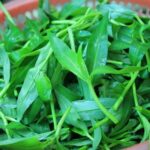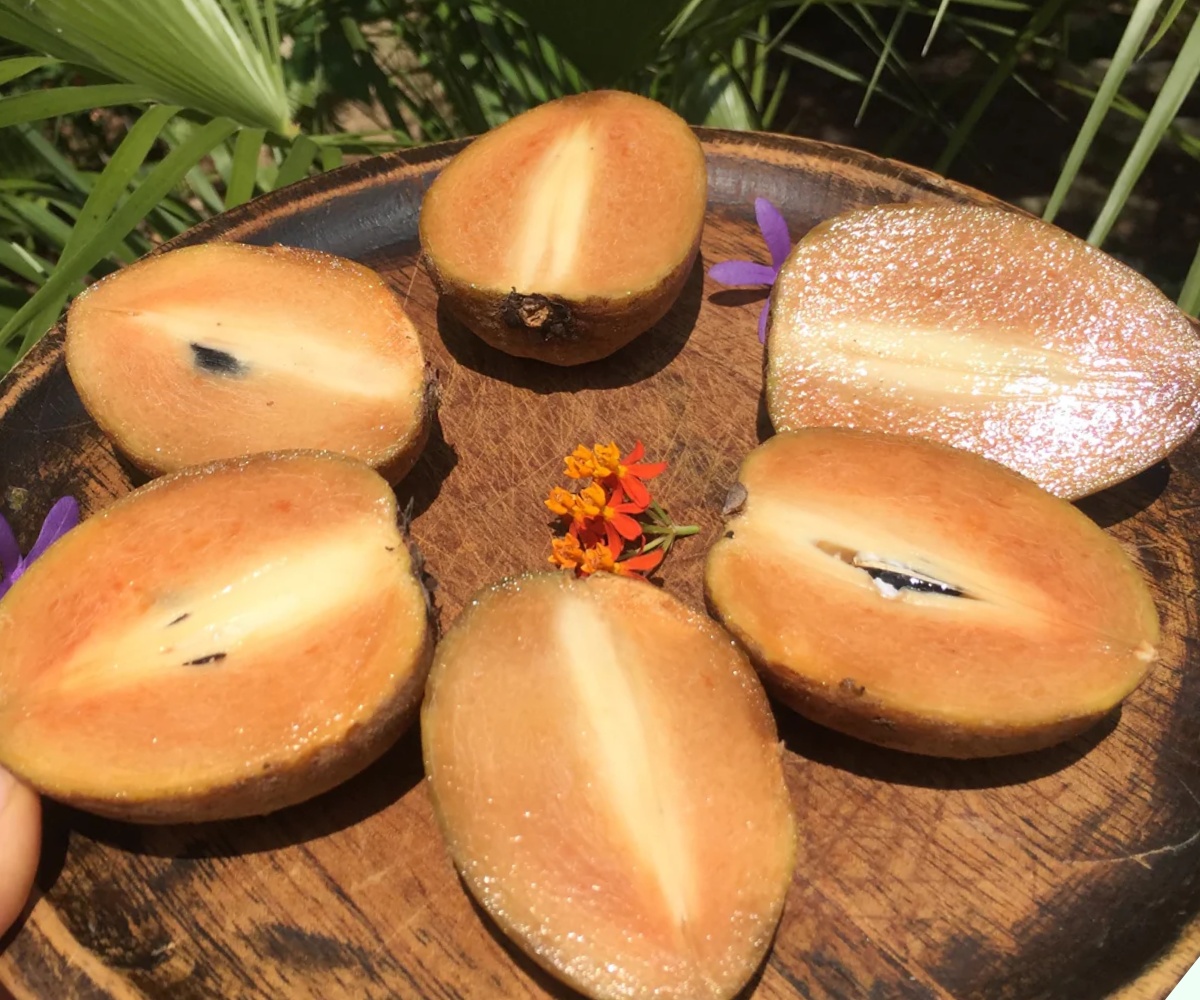
The sapodilla, also known as the sapota or nose berry, is not just a delicious fruit but also packed with nutrients. Research has found that this fruit is rich in protein, fat, sugar, amino acids, vitamins B1 and B12, vitamin E, trace elements, and minerals such as phosphorus, calcium, and iron. Additionally, it boasts high levels of selenium and calcium compared to other fruits and vegetables.
But that’s not all. Sapodillas also contain selenium and molybdenum, two compounds known for their ability to boost energy, prevent cancer, and inhibit factors that cause cardiovascular disease.
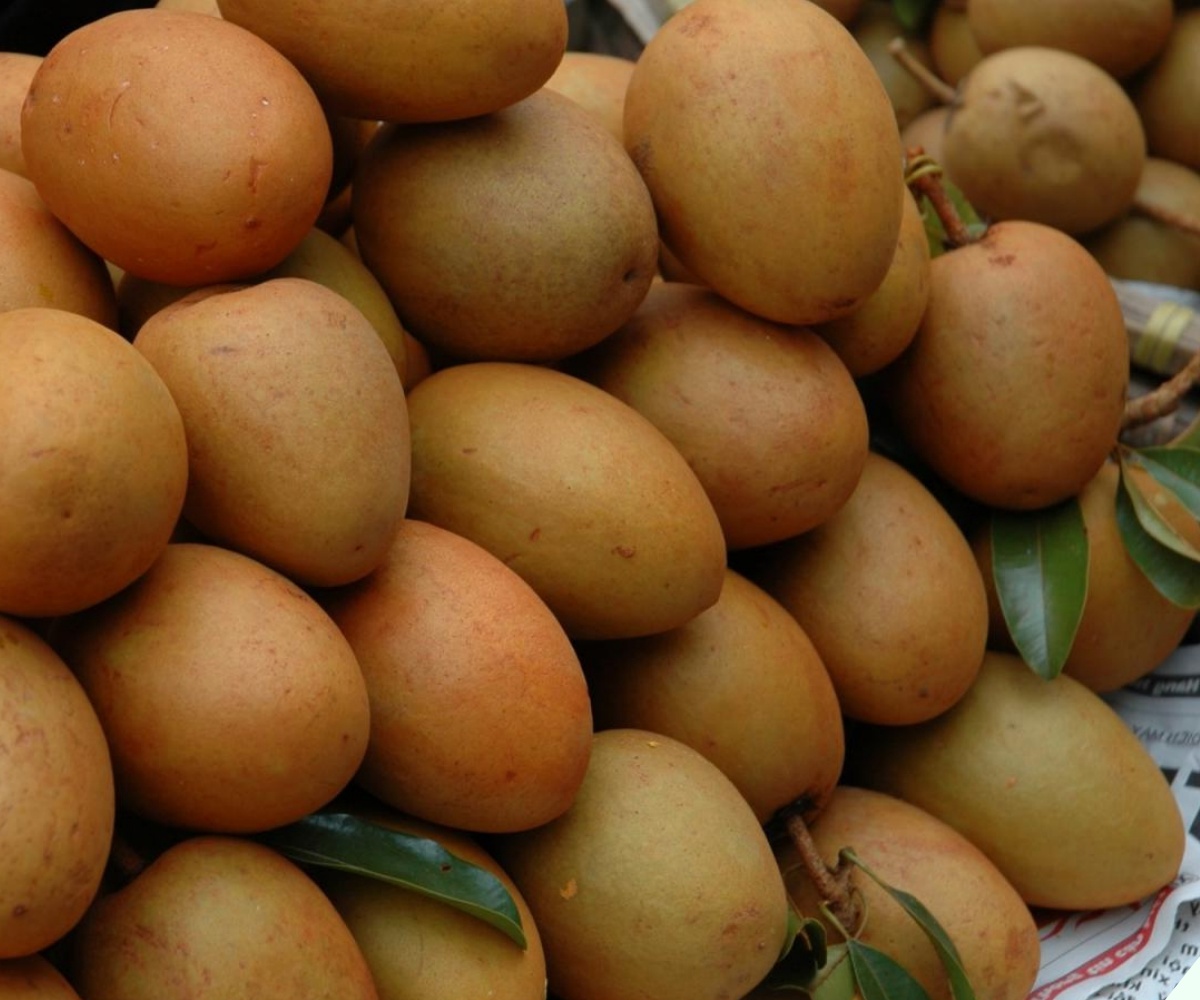
With all these amazing benefits, it’s no wonder that sapodillas are becoming a popular choice for households and nutritionists alike.
When is Sapodilla Season?
The harvest season for sapodillas varies depending on the variety, but it typically lasts from October to April of the following year, and from May to September of the lunar calendar.
How to Choose the Best Sapodilla
While this fruit is easy to grow, some sellers may hasten the ripening process by soaking them in chemicals. Here are some tips to ensure you pick the best sapodilla:
1. Color
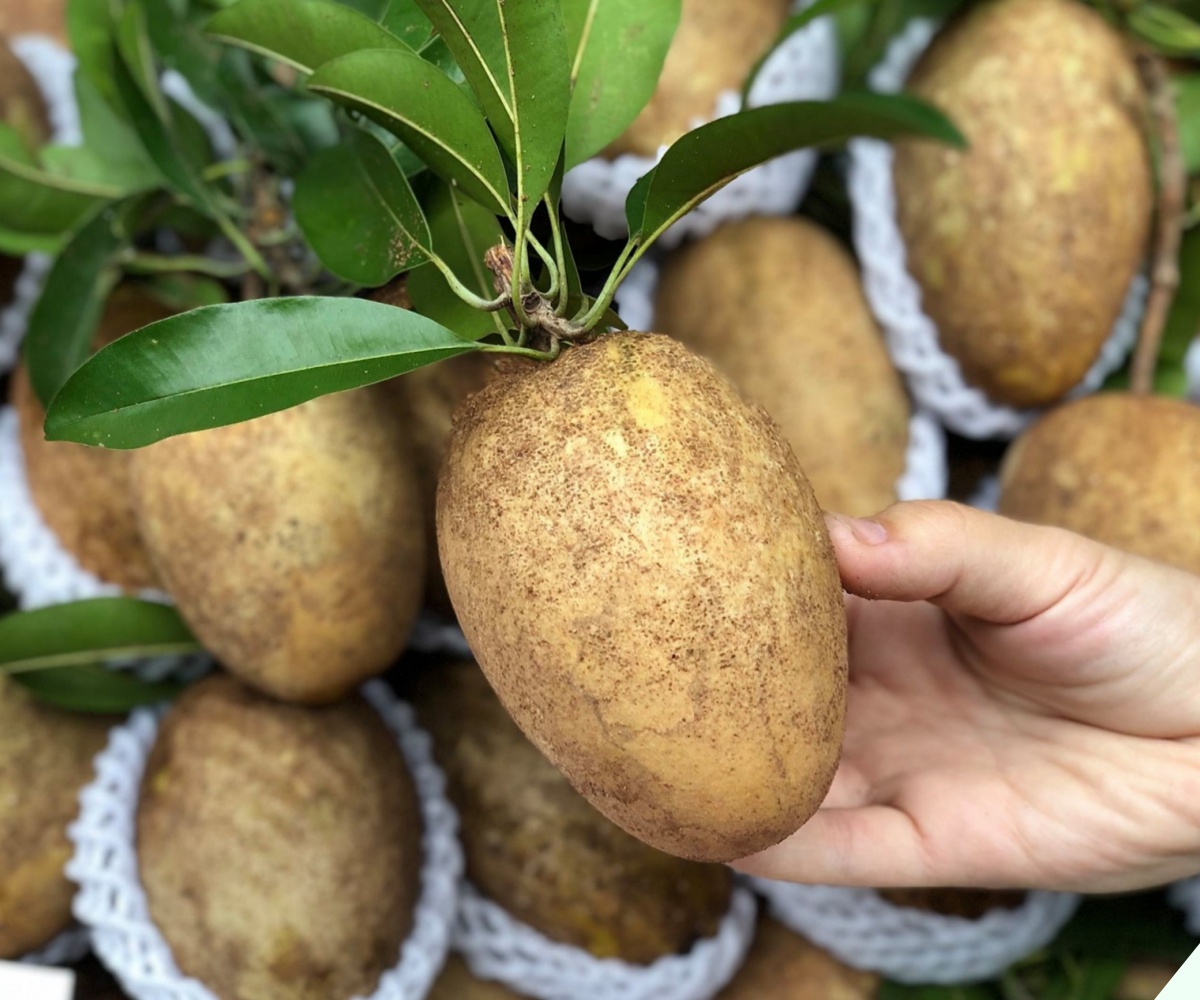
When buying sapodillas, pay attention to their color. The best ones will have a golden-brown hue, indicating they are freshly picked.
If you see sapodillas with a pale yellow color mixed with green, they are unripe and may taste bitter and astringent.
2. Aroma
Besides color, scent is another indicator of a good sapodilla. Ripe sapodillas naturally emit a mild, distinctive fragrance. Avoid fruits with a slightly sour, alcoholic smell as they have undergone fermentation. Also, steer clear of soft, odorless sapodillas, as they may have been forced to ripen or soaked in chemicals.

3. Skin Texture
Choose sapodillas with a golden color and a rough, sandy feel. Ripe sapodillas will have slightly soft skin.
Avoid fruits with smooth, shiny skin as they have likely been soaked in chemicals.
4. Shape
Sapodillas that are elongated tend to taste better and have less fiber than round ones. Also, take note of the stem. A slightly curved stem indicates a ripe fruit, while a straight stem means it’s unripe.

5. Weight
Hold two sapodillas of similar size in your hands. The heavier, firmer ones are usually juicier and tastier.
6. Touch Test
Gently press the sapodilla with your finger. If it yields to gentle pressure, it’s ripe.
Tips for Ripening Sapodillas
Since sapodillas are harvested in batches, you may end up with some unripe fruit. Here are some methods to speed up the ripening process:
Place Them with Ethylene-Producing Fruits
Fruits like apples and bananas release ethylene gas, which helps sapodillas ripen faster. Put them together in a bag and seal it. Check regularly, as it only takes 2-3 days for the sapodillas to ripen. Overripe sapodillas may develop an unpleasant taste and texture, so don’t leave them too long.
Bury in a Rice Container
Place sapodillas in a rice container for 2-3 days to ripen. Alternatively, you can put them in a ziplock bag for a few days until they soften.
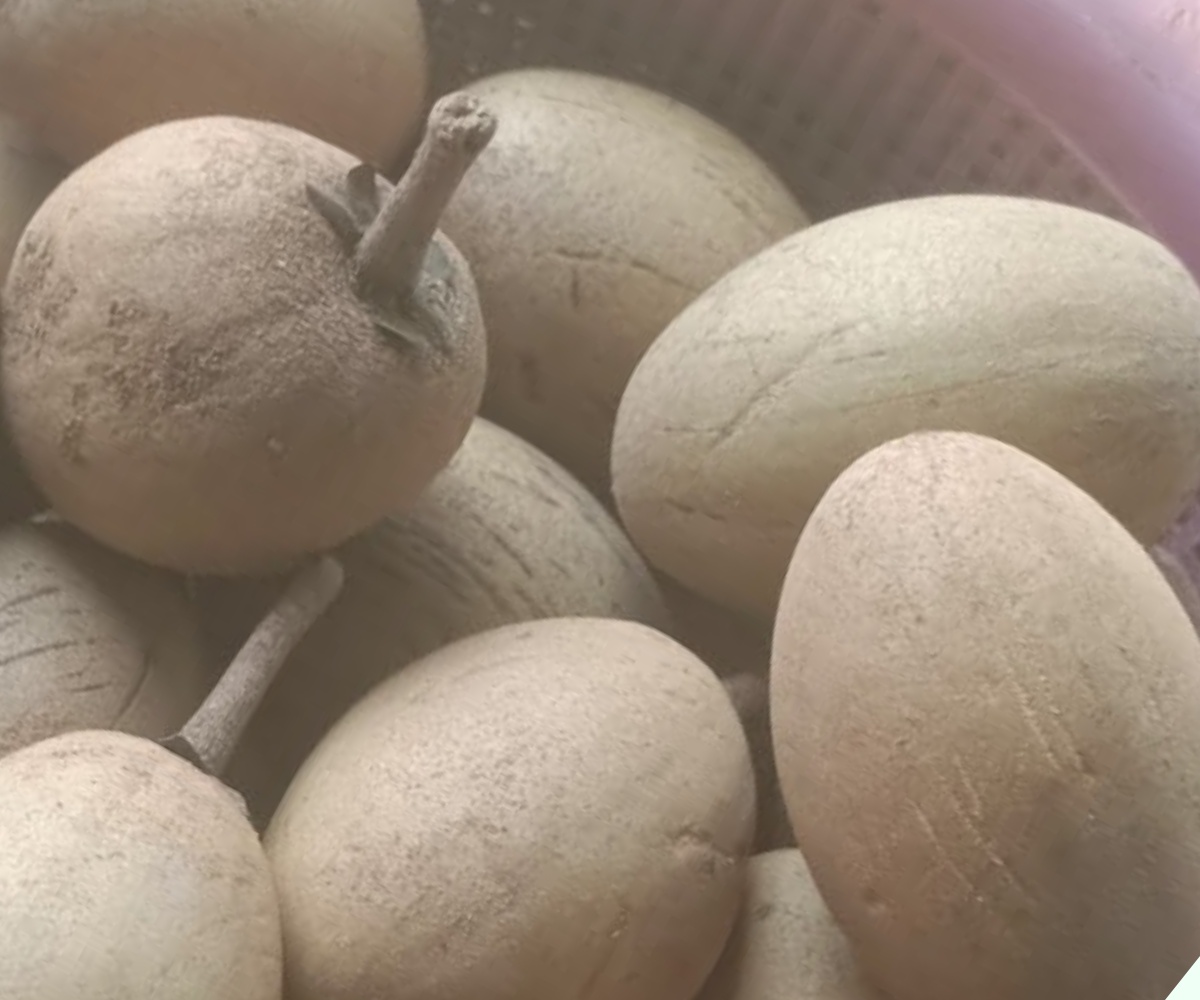
Use Limewater
Soaking sapodillas in limewater is a popular method for ripening. Mix a bucket of limewater with a concentration of 2-3% and soak the sapodillas for 1-2 hours. This helps remove the white sap. After soaking, rinse the sapodillas and place them in a sealed container with burning incense for 2-3 days.

Use Straw
Line a pot or bucket with straw and place the sapodillas on top. Burn incense and cover the container to trap the warmth, which will help the fruit ripen faster. Be careful not to burn the straw or the container.
Storing Sapodillas
Ripe sapodillas are best eaten fresh or stored in the refrigerator’s crisper drawer. Wrap each fruit in newspaper before placing them in the fridge, where they will keep for about a week.
Unripe sapodillas should be ripened first and then stored in the same way. Keep them away from direct sunlight and store them in a cool, well-ventilated place.
The Surprising Seven: Discover the Astonishing Benefits of Avocados in Your Daily Diet
Avocados have earned the title of a “superfood” and for good reason. This creamy, versatile fruit is packed with nearly 20 essential vitamins and minerals, including potassium, lutein, and folate. It’s also rich in fiber, healthy fats, and low in sugar, making it a nutritional powerhouse with a wide range of health benefits.




























